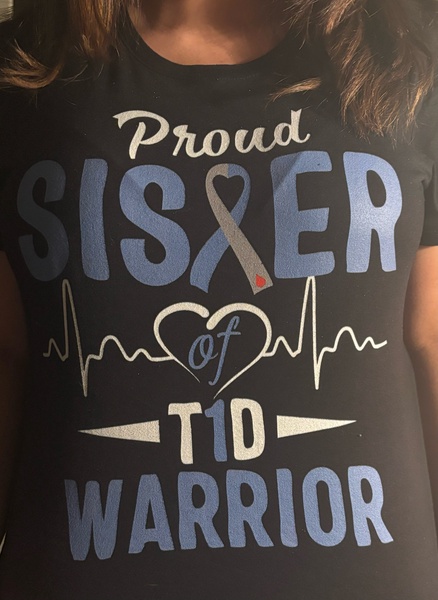
National Diabetes Day in 1991 was established by the International Diabetes Federation (IDF) and the World Health Organization.
In 2006, by adopting the United Nations Resolution 61/225, it was transformed into a UN Day. In the world, there are 537 million individuals with Diabetes and almost 50% of the population are undiagnosed individuals. One of the health problems that influence the quality of life in people is delight. It is not difficult to locate people with this condition. However, many know little about the disease including the inconvenient nitty gritty details. This is not a disease [that focuses] on oneself but rather everything there is to know about prevention, early detection, and management at a healthcare facility.
What is Diabetes?
Additional emphasis should be placed on relevant educational materials to ensure that the participants of the course have the right knowledge of the type of diabetes.
There are three key categories of diabetes mellitus. Even those who have learned about diabetes indirectly now know that sugar diabetes encompasses many sources that aren’t directly related to type 2 diabetes but can be an introduction.
Type 1 Diabetes: This is where your pancreas doesn’t make insulin or makes very little insulin. Insulin helps blood sugar enter the cells in your body for use as energy. Without insulin, blood sugar can’t get into cells and builds up in the bloodstream. It is diagnosed either by childhood or teen.
Type 2 Diabetes: This is where your cells don’t respond normally to insulin and is called insulin resistance. Your pancreas makes more insulin to try to get cells to respond. Over time your pancreas can’t keep up, and your blood sugar rises, setting the stage for prediabetes and type 2 diabetes. This usually can be diagnosed by middle-aged or older people.
Gestational Diabetes: This occurs and can be diagnosed for the first time during pregnancy (gestation). Like other types of diabetes, gestational diabetes affects how your cells use sugar (glucose). Gestational diabetes causes high blood sugar that can affect your pregnancy and your baby’s health.
There is a great amount of such content in the educational materials and courses: large amounts of training for diabetics themselves, nurses, and doctors. Read, assess, note, list, and write it down and you will notice every time you look at any of these web pages that you have segmented every word into unnecessary units. Instead, the plain English instruction will be spelled out; by next week, the completion of the progress of diabetes training will have fallen 10% behind what had been scheduled for that period.
Onward
A diabetic patient should have a diabetes care plan, pre-diabetes screening, and awareness raising for people (including patients and providers) at all levels on the importance of diabetes screening as all these steps eventually lead to the prevention and management of diabetes. This pursues prevention not cultivation of preventable diseases. All forces are directed at diabetes, and social hindrances to healthy behavior are actively discouraged.
However, there is a silver lining as studies regarding diabetes have been ongoing, implying the effectiveness of treatment, use of technology, and hopeful prevention in the future. In the meantime, it is important to focus on awareness creation as one of the ways to deal with the diabetes problem. There are viable and flexible available parts that can be made use of to help existing cases of diabetes and prevent current as well as future cases of the disease.
LET’S SPREAD MORE AWENESS!










